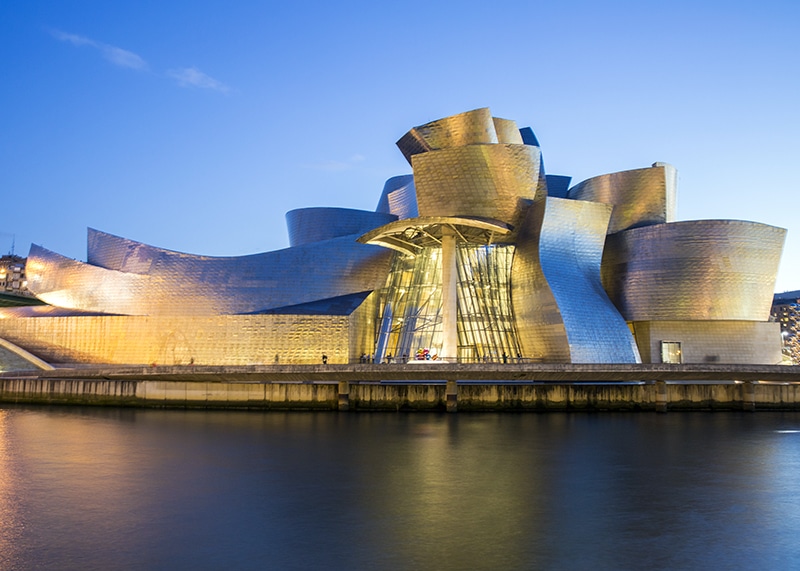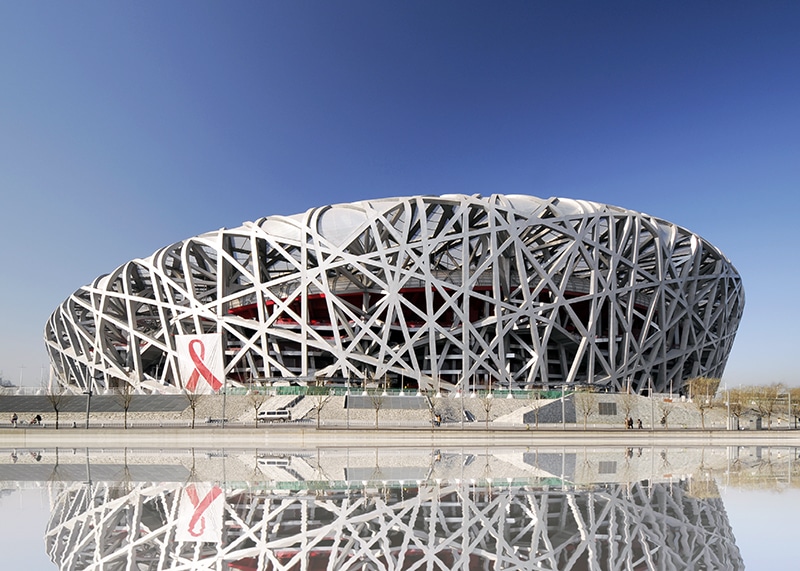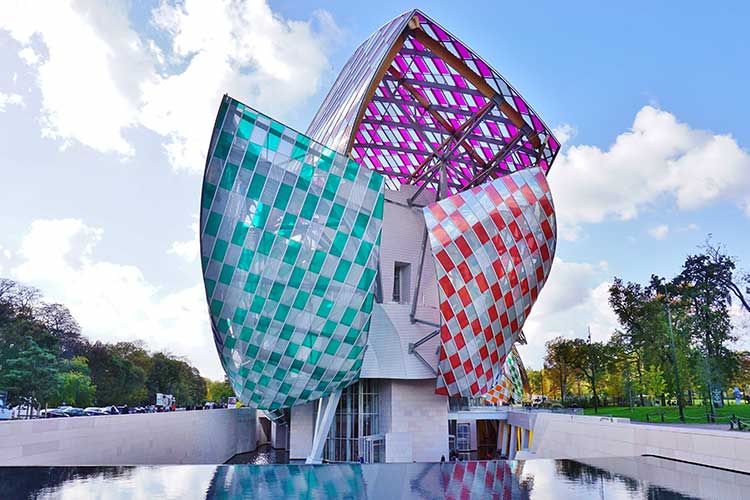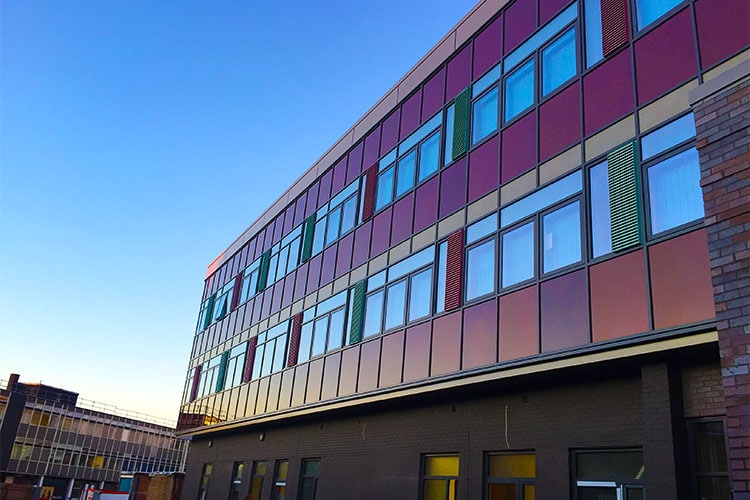There are few architects whose aesthetic is as instantly recognizable as Frank Gehry’s.
One of the most well-known and honored designers of the past century, the Canadian-born architect’s influence can mostly be attributed to his signature style of double curvatures that make his buildings resemble draped fabric or illuminated waves.
While most observers expect to be impressed at the sight of a Gehry creation, they may be aghast when they discover the cost of these works of art.
The price to achieve the same complex curves that have helped Gehry earn global accolades can cost as much as five times more than a building with curves in a single direction, according to Priceonomics.
Tech’s role in historic Gehry projects
Determining a way to make his style more cost-effective was part of the reason Gehry started Gehry Technologies in 2002. In particular, the Los Angeles-based software and consulting business wanted to develop bespoke 3D design solutions by using techniques from the aerospace and automotive industries.
These innovations actually date back to Gehry’s development of the Guggenheim Museum Bilbao in 1997.

The building in Bilbao, Spain, became not just one of Gehry’s most celebrated designs, but one of the most famous structures ever. In a Vanity Fair survey that asked 52 experts to select the most important piece of architecture built since 1980, the Guggenheim Museum Bilbao was voted No. 1.
Not only is the project a historic landmark in the field of design, but it also marks a significant moment in the evolving collaboration between technology, construction and architecture.
Gehry’s vision for Bilbao would not have been possible without a software system called CATIA. Originally created by Dassault Systems in 1977 for designing the Mirage fighter jet, CATIA was initially used by Gehry and his team on a previous project.
For the 1992 Barcelona Olympics, Gehry wanted to construct a sculpture of a fish with multiple curves. The contractor on the project, however, was only able to work with 2D models. As a result, the contractor was unable to implement Gehry’s vision without having the piece buckling under its own weight.
Gehry then asked his team if computers could be used to solve the problem, according to a 2010 interview with Vanity Fair. The team ultimately used CATIA—and the project finished on time and on budget.
Digitizing physical models
With the Guggenheim Museum Bilbao that opened five years later, CATIA played an even more essential role.
Gehry wanted to create the museum out of titanium, but the material would cost twice the price of steel. Still, Gehry and his team had a chance to make the titanium choice work within the budget; if implemented correctly, the team determined a structure made of titanium would only need to be half as thick as similar ones made of steel.
The team first made a physical model of the building before scanning it with a digitizing wand. The resulting data from this procedure was put into CATIA.
The software works by describing models using parametric vector curves and 3D surfaces. Since the parameters of the program’s control points are established by mathematical functions, Gehry’s team were able to manipulate the model’s information until it reflected a real and accurate scale. The same CATIA files were also used by one of the project’s contractors, Permasteelia, to cut the famed panels that grace the structure.
These projects allowed Gehry to see the value of technology in his work, which led him to expand Gehry Technologies.
Going paperless with 3D models
In addition to the services it provided through CATIA, the company also ventured into file-management software with the development of GTeam.
The GTeam program allows designers and contractors to access the 3D models of a project without having to download the large files themselves. What’s more, all of the companies working on the same project are able to communicate through the software. They can then save any changes made to the 3D model within the program’s cloud for collaborators to view.

In an interview with Bloomberg, Gehry Technologies’ former chief technology officer, Dennis Sheldon, said the shifting approaches being made to design and construction are changing the traditional cost paradigm.
“Historically, information was expensive and materials and energy were cheap,” Sheldon said in the interview. “Now, the cost of information is going down, and the cost of materials and energy is going up.”
The success Gehry Technologies has enjoyed appears to confirm Sheldon’s view. The company consulted on many high-profile projects—the Herzog and de Meuron’s Beijing National Stadium and The Ateliers Jean Nouvel’s Louvre Abu Dhabi, among others—before being acquired by Trimble in 2014.
Above all, Gehry Technologies’ evolution demonstrates how the old world of Gehry’s work, paired with the new world of modern technology, can produce lasting, impactful innovation on a global scale in the AEC industry.















